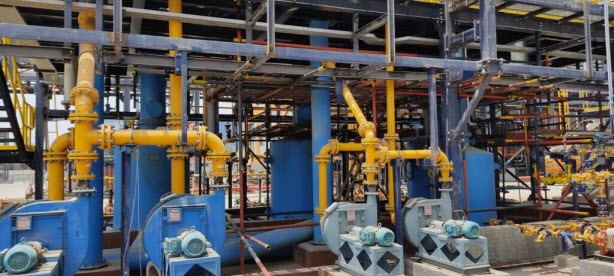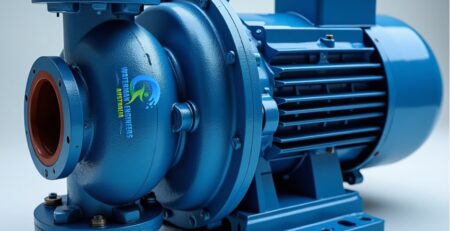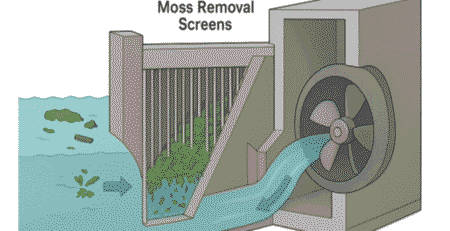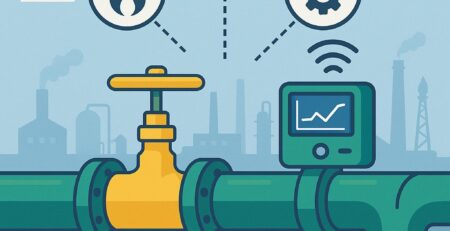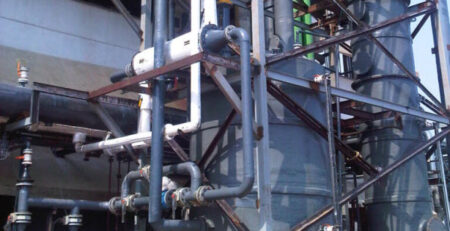Future Developments and Trends in the Scrubber Manufacturer Industry
The COVID-19 pandemic severely impacted the manufacturing industry, thus limiting the production rate of scrubber manufacturers. Furthermore, social distancing norms imposed by government restricted marine transportation, which further hindered the growth of this market in 2020.
Nonetheless, the market will witness growth in 2023 and beyond due to new regulations for air pollution. This will require the companies to develop advanced technologies and launch innovative products.
Scrubber Product Innovation
Scrubber manufacturers have been working to introduce new and improved scrubber technologies. The goal of these technological improvements is to reduce the amount of water, electricity and chemicals used during scrubbing. In addition, the goal is to increase efficiency and reduce costs. Some of these innovations include automated battery maintenance, programmable options and size reduction. Many of these changes are being made to address environmental concerns, which are increasing worldwide.
The global Scrubber System market is expected to grow at a readjusted CAGR of 6.5% from 2023 to 2030. This growth is driven by factors such as the COVID-19 pandemic and increasing demand for air pollution control systems or solutions.
This report analyzes the current and future market potential for wet scrubber systems worldwide to 2030. The report provides detailed analyses of market segments and end-user applications. It also includes an analysis of the competitive landscape involving key players and strategies.
A major driver of the global scrubber system market is the requirement to meet stringent carbon emissions norms by oil and gas companies. This is leading to a surging number of rigs being deployed around the world. Additionally, the need to reduce operational expenses is encouraging oil and gas companies to deploy advanced scrubbing technology. The scrubber manufacturer industry has also been advancing its products to better meet the needs of customers.
Environmental Regulations
Scrubber technology is a key element in the global maritime industry to reduce sulfur oxide (SOx) emissions from ships. This system can be used to replace conventional fuel oil and help ships comply with international environmental regulations. The market for scrubbers is expected to grow rapidly due to the growing focus on SOx emission reduction and improved health and safety. The growth of the industry is also driven by increasing oil demand from emerging economies such as China and India.
A number of new regulations have been introduced to restrict air pollutants from ships, which is driving the demand for gas scrubbers. These regulations include a lower limit on the sulfur content of ship’s fuel oil, and a requirement to install scrubbers on ships that operate outside Emission Control Areas.
However, the global industrial floor scrubbers market faces challenges due to the high installation costs and low payback times. The high installation cost is primarily due to the need to install sophisticated sensors, actuators and software for operation of the scrubber system. In addition, the need to comply with regulatory standards can also increase installation costs.
In addition, the growth of the global industrial floor scrubbers market is hampered by poor government funding for research and development activities in this field. This has led to the lack of innovation in the industry and is impeding its growth.
Moreover, the global scrubbers industry is highly competitive, with many players competing for market share. In addition to the presence of major players, there are many smaller companies that are specializing in specific product lines. These smaller companies are leveraging their expertise in the industry to produce cost-effective and efficient solutions for their clients. In the future, this will lead to the development of new technologies and improved efficiency of scrubber systems. Additionally, the industry is moving toward smart machines that can monitor machine locations and provide diagnostic information.
Industry Verticals
Scrubbers are used in various industrial applications for reducing the emission of hazardous gases from furnaces, distillation units, and power plants. The technology reduces harmful oxides such as carbon dioxide, volatile organic compounds (VOCs), and sulfur oxides from the exhaust streams. Increasing environmental regulations and increasing awareness of air pollution are driving the demand for scrubbers in the market.
The global scrubber market is expected to grow at a CAGR of over 5.5% during the forecast period. This is due to increased awareness of air pollution caused by greenhouse gases, and growing environmental concerns among people. Furthermore, the increasing adoption of eco-friendly technologies such as solar energy and battery energy storage has led to a decrease in the use of fossil fuels. This in turn is reducing the emissions of greenhouse gases.
On the basis of application, the global scrubber market is divided into marine, oil & gas, Petrochemicals & chemicals, and pharmaceuticals industries. The marine industry is anticipated to hold a significant share of the market during the forecast period. Scrubber systems are installed on vessels such as roll-on/roll-off (RO-RO), ferries, cruise ships, container ships, and very large crude carriers. These systems help the vessels to burn less expensive high-sulfur fuel and ensure that the vessel is MARPOL compliant.
Another factor that is supporting the growth of the global scrubber market is the increased demand from the pharmaceuticals industry. This is mainly due to the introduction of strict environmental compliance regulations by governments around the world. Furthermore, the COVID-19 outbreak in North America disrupted the business operations of several companies and also resulted in a decline in the sales of scrubber systems.
Competition
The global industrial scrubber market is highly competitive. The leading companies compete with each other by introducing innovative products, offering cost-effective solutions and implementing advanced technology.
Various government bodies have introduced strict carbon emission norms, which is driving the growth of the gas scrubber market. Additionally, the surging oil & gas exploration activities across the globe is boosting the adoption of energy-efficient technologies. However, the outbreak of Russia-Ukraine war has constrained the supply chain and hindered the industry outlook.
Industrial scrubber systems are used in different industry verticals to control the harmful emissions of gases. For example, the manufacturing sector uses the systems to remove air pollutants and dust particles from the manufacturing process. The scrubbers help minimize the cleaning time, reduce labor costs and boost staff productivity. In addition, they prevent pollution from contaminating the surrounding environment, thereby maintaining regulatory compliance.
The sewage sludge treatment segment is another important application for the industrial scrubber manufacturers. This industry is thriving globally, thanks to the increasing industrialization and rising population. In order to protect the ecosystem, sewage sludge needs to be treated before being reused in agriculture and construction. As a result, the market is expected to grow at a high rate over the forecast period.
The global industrial scrubber market is segmented by product type, installation, application and region. The major product types include electrostatic precipitators and dry scrubbing systems. In 2022, the electrostatic precipitators segment accounted for nearly Percent of the revenue. The growth of the global market is mainly driven by the increasing use of this equipment in the manufacturing sector to control air pollution. The other major applications include power generation and chemical industries. The global market is also boosted by the rapid industrialization in developing countries and stringent regulations on environmental compliance.

